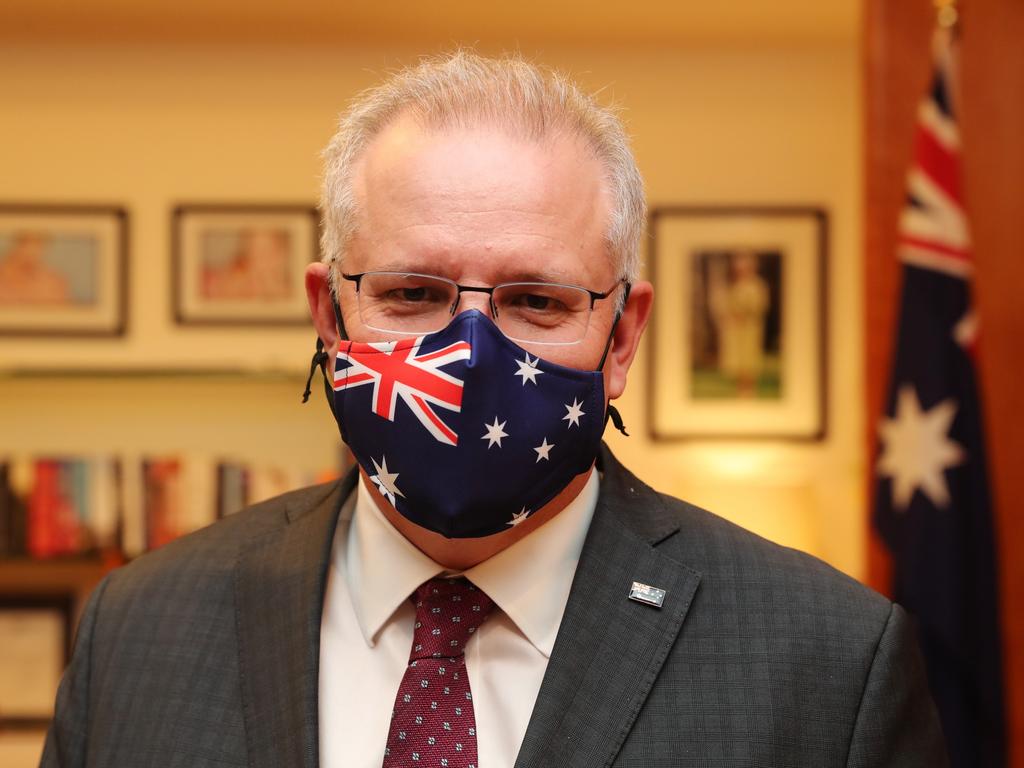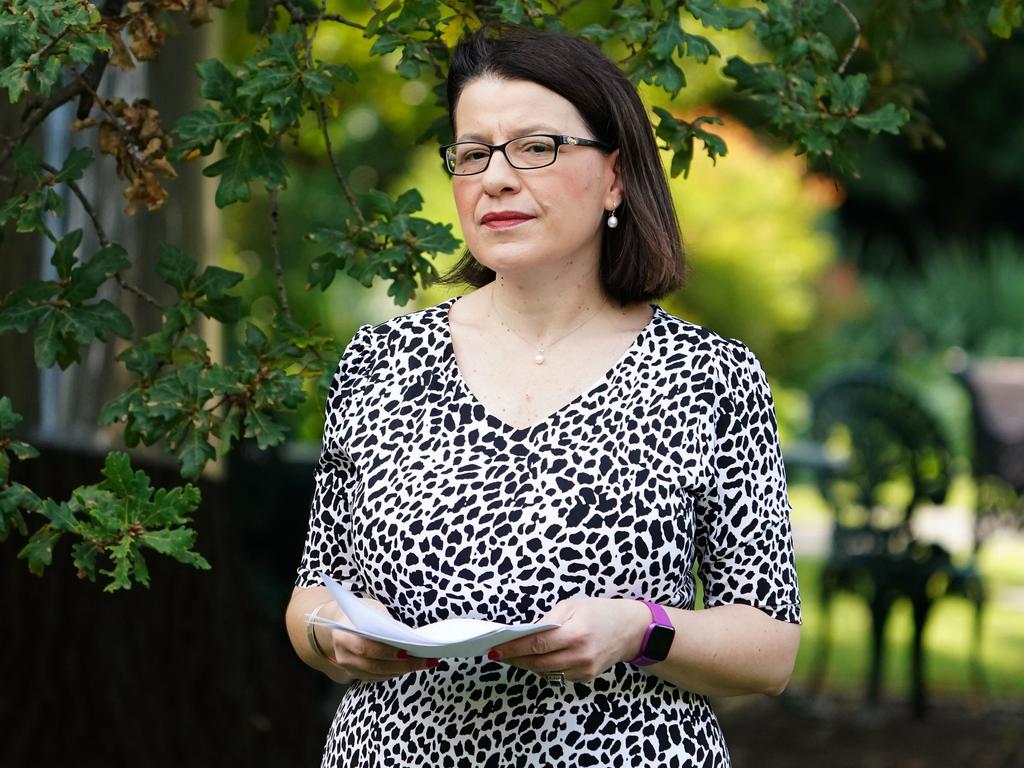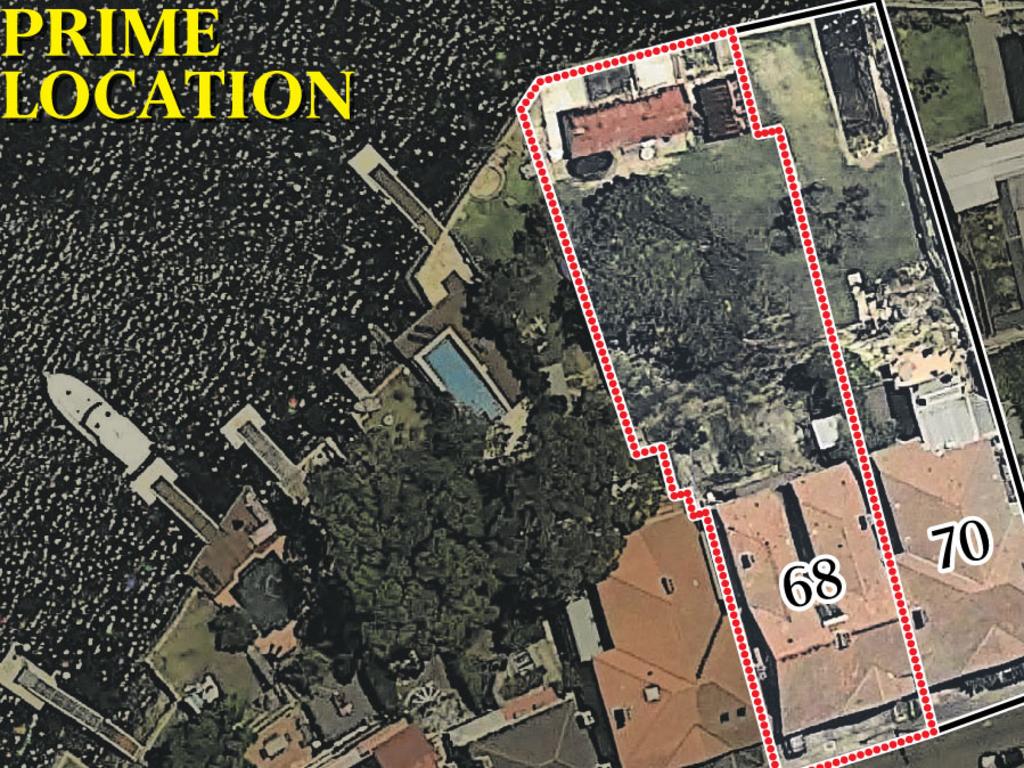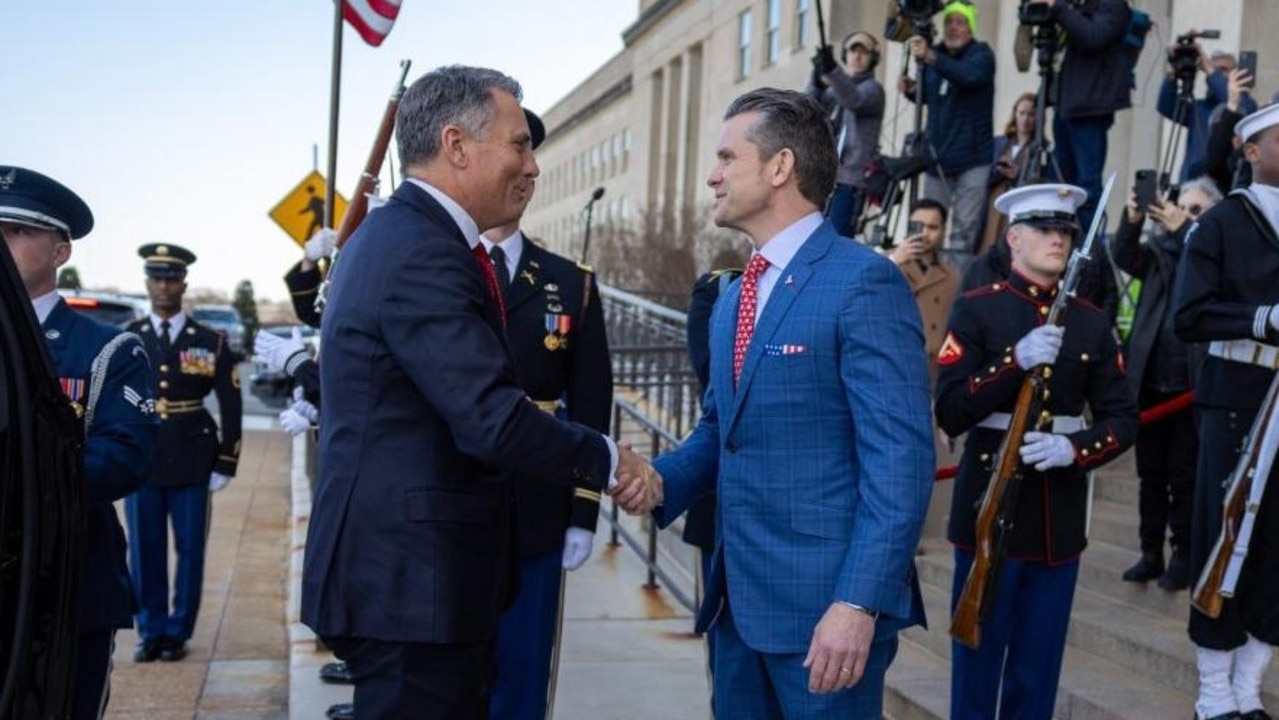Liberal Party’s 2025 target of 50pc female MPs is failing, with gender progress slow
The Liberal Party must attract more women at all levels, Menzies Research Centre says.
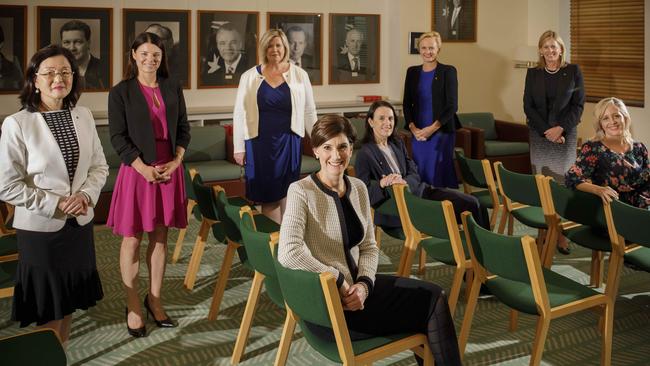
The Liberals have a problem with women, according to the party’s own research, and will fail to reach their target of equal representation in parliamentary ranks by 2025.
A report by Liberal think tank the Menzies Research Centre says the party must attract more women at all levels, warning that a lack of grassroots female participation is preventing “anything more than incremental steps’’ towards male-female parity.
The report says a significant number of Liberals either deny or prefer not to admit that gender imbalance matters.
“The first step in addressing the representation of women in the Liberal Party, therefore, is to acknowledge that the Party does in fact have a problem,’’ the report says.
The release of the report on Wednesday, written by South Australian Liberal MP Nicolle Flint and the think tank’s executive director, Nick Cater, is likely to reignite a debate within the party over how to boost its numbers of female MPs. Last year, a number of female MPs, including the party’s most senior woman, Foreign Minister Marise Payne, said quotas should be considered.
The MRC report vehemently rejects a quota system — which has been adopted by Labor — saying it undermines the “principles of competitive enterprise and reward for effort”.
Scott Morrison said the party was “making headway’’ towards its target of having 50 per cent female representation in all parliaments but needed to increase efforts to boost female participation.
“We’ve made progress — but we need to accelerate this. I want more women in our Liberal Party branches, as candidates, and as members and senators,” the Prime Minister says in a message included in the report.
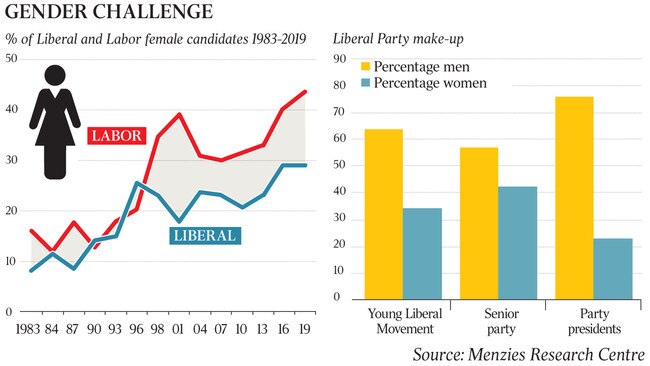
“Along with our federal director Andrew Hirst, I am determined to make our party an even bigger and better embodiment of the quiet Australians we represent.”
Just 25.4 per cent of Liberal MPs across Australia’s federal and state parliaments were women in July last year compared with 22.4 per cent of MPs in May 2015 — an increase of 3 per cent in four years.
Liberal MPs privately conceded it would be all but impossible to double the number of female MPs within five years and were concerned the 2025 target was seen as unrealistic.
The MRC report warns that Labor is not just leading with the number of female MPs — 46 per cent compared with the Coalition’s 26 per cent – but in senior parliamentary positions.
Liberal women held 26 per cent of cabinet positions compared with 49 per cent for Labor women. The MRC paper calls for a comprehensive audit of female participation from the grassroots up, noting Labor has a better retail brand among women and its female vote went up as the number of female MPs increased.
It demands “targeted intervention” and says the party must identify and implement targets for female representation at a grassroots level as well as in parliament. Each Liberal Party division should set “achievable and measurable” targets for female representation at every level that is measured year on year, election on election and division on division.
Ms Flint, who was just one of two new Liberal women elected to the House of Representatives in 2016 compared with 10 new male MPs, said targets were the best solution because they set a hard benchmark for improving female representation. Half of the 14 newly elected federal lower house MPs at the 2019 federal election were women — Gladys Liu, Fiona Martin, Bridget Archer, Celia Hammond, Katie Allen, Angie Bell and Melissa McIntosh — and the proportion of Liberal women MPs has increased in Tasmania, the ACT and NSW.
“This is the perfect moment to be looking very carefully at how we can get (gender balance in parliament),” Ms Flint said.
“It still has to be the best person for the job but if we have a critical mass of women from our grassroots Liberal Party nominating for preselection, then we have a very good chance of improving our representation within each state and territory and federal division.”
On Tuesday, Elizabeth Lee became the first female ACT Liberal leader since Kate Carnell 20 years ago, bringing to five the party’s number of state or territory women leaders. However just one, NSW Premier Gladys Berejiklian, is in government.
The paper says there has been “little change in the number of female members and leaders at the grassroots level”.
“It is of particular concern that numbers remain static at the Young Liberal level,” the report says. Without a critical mass of female Liberal Party members and leaders at the grassroots party level, the party will continue to struggle to nominate a sufficient number of women, especially in safe seats.”
The report says female participation data, such as the percentage of Young Liberal or state executives or candidates who are women, should be reported to the federal executive to encourage competition between the states.
The number of women candidates preselected for safe seats should be included and each division should have long-term strategies to ensure there is strong representation of women contesting these electorates.



